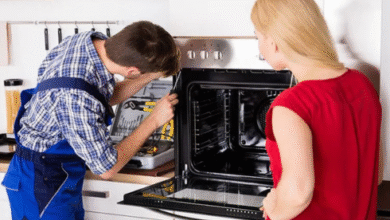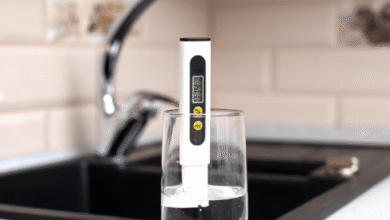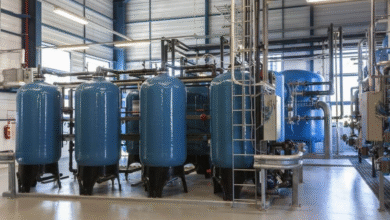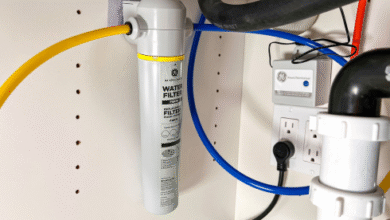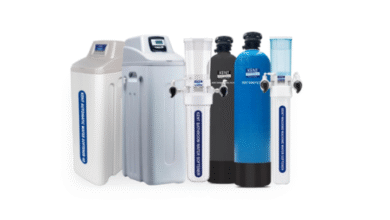When the Water Doesn’t Taste Right: Living with Chlorine and Finding Better Solutions
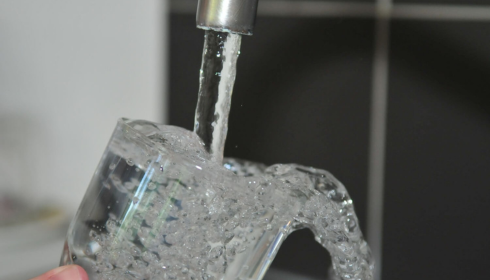
Water is supposed to be simple. It’s the one thing you expect to be clear, refreshing, and safe without giving it much thought. Yet, for many homeowners, especially in smaller cities and towns, that expectation is interrupted by one persistent issue: the sharp, chemical tang of chlorine. If you’ve ever poured yourself a glass of tap water, taken a sip, and immediately wrinkled your nose, you know what I mean. That moment when what should taste like crisp hydration ends up feeling more like a swimming pool—well, it’s hard to ignore.
Take, for instance, the recurring complaints about chlorine taste in water South Lyon. It’s not unique to that community, but it’s a relatable example. When residents talk about how the tap sometimes has that “public pool” kick, it highlights a bigger story about water treatment in the U.S. and the balancing act between disinfection and drinkability.
Why Chlorine is There in the First Place
Chlorine wasn’t added to water systems just to bother your taste buds. It has a clear purpose: protecting public health. Since the early 1900s, chlorine has been one of the most effective tools in fighting waterborne diseases like cholera and typhoid. In fact, the addition of chlorine is credited with saving countless lives over the past century.
But here’s the flip side: just because it’s useful doesn’t mean it’s perfect. Like many chemicals, chlorine does its job well in killing bacteria and viruses, but it doesn’t just vanish afterward. It lingers, and depending on the concentration and sensitivity of your palate, that can mean every glass of water feels slightly “off.” It’s almost like a well-intentioned guest who overstays their welcome.
Living with Chlorine: A Daily Frustration
You’d be surprised how many everyday moments are shaped by chlorine’s presence. Think about making coffee in the morning. Instead of the rich, comforting aroma, there’s a faint but distracting chemical undertone. Or maybe you’re cooking pasta, and the steam rising from the pot carries a whiff of bleach. Some folks get used to it, others never do.
And beyond the taste, there’s a bigger question: what about the effects of chlorine in drinking water long term? While regulatory bodies maintain that the levels added to municipal systems are generally safe, studies have raised concerns about disinfection byproducts (DBPs) that form when chlorine reacts with organic matter. These byproducts, in high enough concentrations, have been linked to potential health risks. While the risk is often described as minimal for most households, it’s not exactly reassuring when you’re trying to decide whether your daily hydration is doing more good than harm.
A Shift Toward Whole-Home Solutions
That’s where the conversation turns to filtration. People often start small—pitcher filters, fridge dispensers, maybe even a faucet attachment. These help, no doubt, but they usually focus only on the water you drink. What about your shower? Or your laundry? Chlorine doesn’t just affect taste—it can dry out skin, fade clothing, and leave your hair feeling brittle. That’s when many homeowners begin to explore a whole house chlorine filter.
Unlike the smaller, piecemeal solutions, whole-home systems work at the point where water enters your house. That means every tap, every showerhead, every appliance gets chlorine-free water. For families, that’s not just about comfort—it’s peace of mind. Imagine running a bath for your kids without wondering if their sensitive skin will react, or finally being able to brew coffee that tastes like it should.
It’s About More Than Taste
The funny thing is, once people install better filtration, they often realize how much they’d been putting up with. Water starts tasting “normal” again—clean, refreshing, almost sweet in its neutrality. But it’s not only about what you notice. It’s also about what you don’t. No more faint chemical odors. No more dry, itchy skin after a long shower. No more questioning whether your tap water is secretly undermining your efforts to live healthier.
Of course, systems come in different sizes, technologies, and price ranges. Some use carbon filtration, others combine media layers for broader protection. And yes, the investment isn’t trivial. But when you weigh it against the daily nuisance—and the potential long-term health benefits—it’s easy to see why so many homeowners are making the switch.
Finding Balance in Modern Living
The truth is, chlorine isn’t going away from municipal systems anytime soon. It’s effective, cheap, and ingrained in the infrastructure. But that doesn’t mean you have to live with its downsides in your own home. Like many aspects of modern living, the solution lies in balance. Cities provide the broad protection, while individuals fine-tune the experience within their own four walls.
If you’ve been shrugging off that chemical taste in your tap, maybe it’s worth considering that you don’t have to. Water is too essential—too central to our everyday lives—to settle for “good enough.” Whether it’s a small filter under the sink or a full-house system that transforms every drop, the point is to reclaim water as it should be: clean, clear, and quietly nourishing.
Because at the end of the day, drinking water should never remind you of a pool. It should remind you of life at its simplest, and best.

